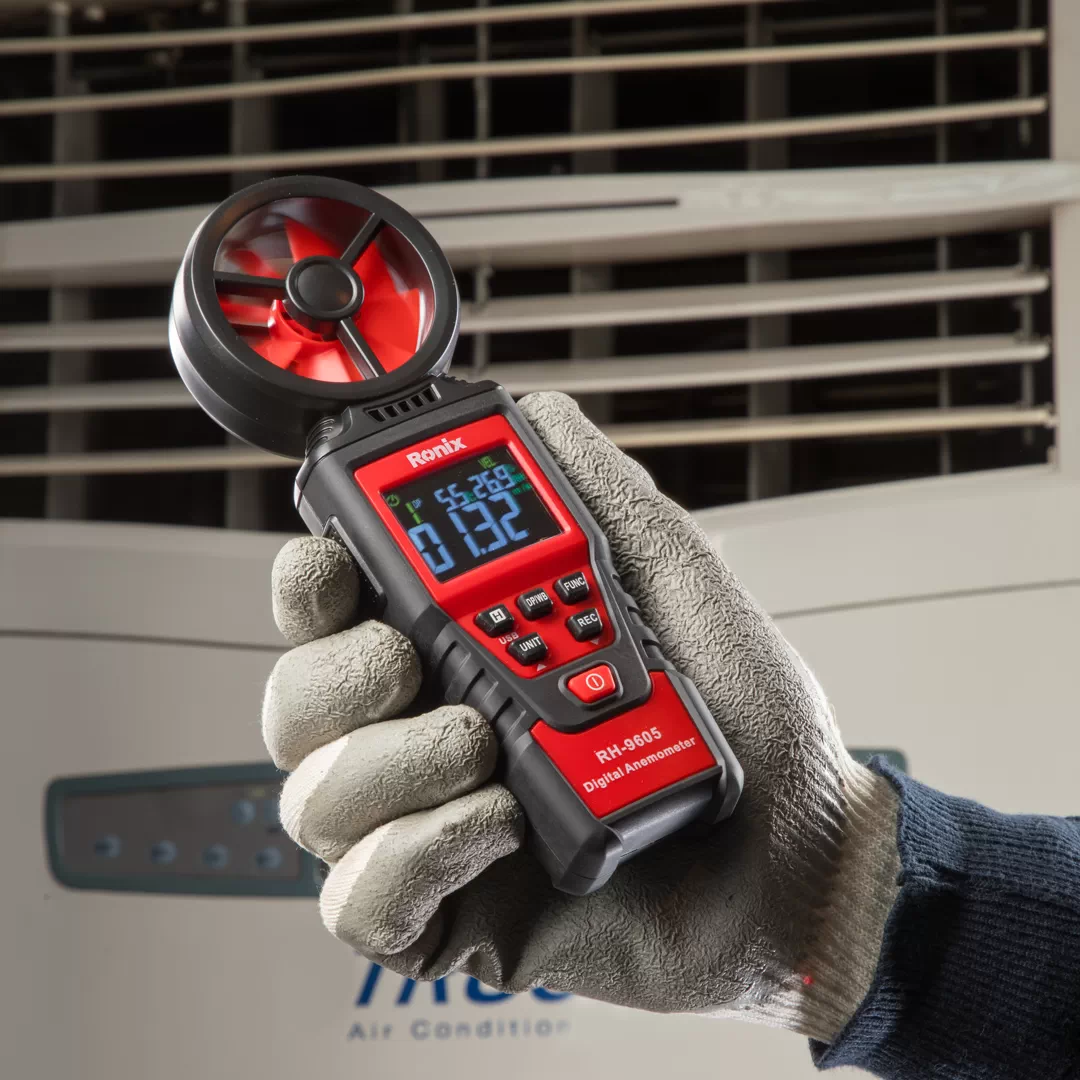Professional Tips for Adjusting Your Anemometer for Ideal Performance
Professional Tips for Adjusting Your Anemometer for Ideal Performance
Blog Article
Anemometers Revealed: Recognizing Their Value in Environmental Tracking and Safety Actions
The role of anemometers in ecological tracking and safety actions is typically ignored, yet their value is obvious. From meteorology to aviation safety and security, anemometers play a critical function in providing exact data that notifies decision-making procedures and enhances total security.
Background of Anemometers
The evolution of anemometers can be mapped back to the old people where rudimentary wind determining tools were first used. These very early wind measurement devices laid the foundation for the advancement of extra advanced anemometers with time. One of the earliest known anemometers was the hemispherical mug anemometer designed by Leon Battista Alberti in the 15th century. This style consisted of four hemispherical mugs that accumulated wind energy, supplying a dimension of its strength based upon the rate of rotation.
Over the years, developments in technology led to the development of even more modern-day anemometers, consisting of ultrasonic anemometers and laser Doppler anemometers, providing boosted accuracy and efficiency in measuring wind rate and instructions. The history of anemometers showcases an amazing journey of development and development in the field of weather forecasting.
Sorts Of Anemometers
Throughout the area of meteorology, different kinds of anemometers have been established to properly gauge wind rate and instructions. Sonic anemometers utilize ultrasonic signals to gauge wind speed and instructions accurately. Hot-wire anemometers operate based on the concept that the cooling effect of wind on a warmed wire is proportional to the wind rate.
Applications in Meteorology
Having actually discussed the various types of anemometers used in meteorology for measuring wind speed and instructions, it is important to explore their functional applications in the field. Anemometers play an essential function in meteorology by offering real-time and precise data on wind problems (anemometer). Meteorologists make use of anemometers to keep track of wind speed and direction to anticipate climate patterns, issue cautions for extreme climate occasions like twisters, cyclones, and storms, and examine weather for aeronautics safety
In meteorology, anemometers assist in recognizing regional and regional wind patterns, which are crucial for anticipating weather adjustments and establishing weather trends. These tools are also utilized in research to examine microclimates, metropolitan warmth islands, and air pollution diffusion. Furthermore, anemometers are employed in farming to optimize crop management techniques, such as irrigation and chemical application, based on wind conditions.
Value in Aviation Security
An important aspect of ensuring aeronautics security depends on the careful monitoring of wind conditions making use of anemometers. Anemometers play an essential duty in aviation by supplying real-time data on wind speed and direction, helping pilots in making informed decisions blog throughout take-off, flight, and touchdown. Unpredictable and solid winds can substantially impact aircraft procedures, making it important for aviation authorities to depend on exact wind dimensions to guarantee the safety of travelers and team.

In the vibrant environment of air travel, where even minor adjustments in wind rate and instructions can have profound results, anemometers stand as crucial tools for promoting secure and protected flight.
Function in Environmental Study
How do anemometers contribute to advancements in environmental study? Anemometers play a critical duty in ecological study by providing necessary data on wind speed and direction. This info is essential for understanding different climatic procedures, such as air pollution dispersion, weather condition patterns, and environment adjustment. By accurately measuring wind qualities, anemometers assist researchers examine the activity of toxins airborne, evaluate the impact of industrial discharges, and anticipate the spread of pollutants in the environment.


Verdict
In verdict, anemometers have actually played a vital function in ecological tracking and safety and security procedures. Understanding the significance of anemometers is essential for he said properly determining wind speed and instructions, which is important for forecasting weather condition patterns, ensuring secure aviation procedures, and conducting ecological research studies.
One of the earliest known anemometers was the hemispherical cup anemometer invented by Leon Battista Alberti in the 15th century. Over the years, innovations in modern technology led to the growth of more modern anemometers, including ultrasonic anemometers and laser Doppler anemometers, using raised precision and efficiency in gauging wind rate and direction. Hot-wire anemometers operate based on the concept that the cooling result of wind on a heated wire is proportional to the wind speed. Meteorologists make use of anemometers to keep track of wind rate and instructions to anticipate weather condition patterns, concern cautions for severe weather condition occasions like tornadoes, typhoons, and storms, and analyze atmospheric conditions for aviation security.
Understanding the value of anemometers is important for precisely determining wind speed and direction, which is important for anticipating climate patterns, ensuring safe aviation operations, and performing ecological studies. (anemometer)
Report this page